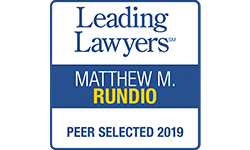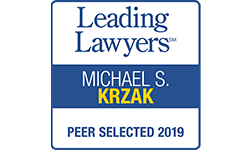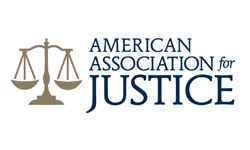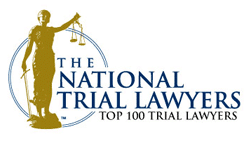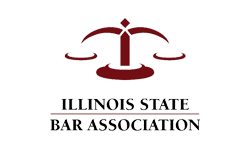How Employers Can Reduce Risks of Slip and Fall Accidents
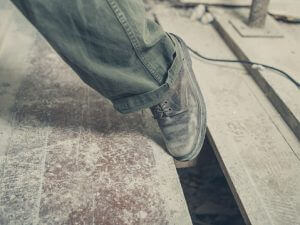 Slip and fall accidents at work happen far too frequently. In fact, they are the third-leading cause of unintentional death in the nation.
Slip and fall accidents at work happen far too frequently. In fact, they are the third-leading cause of unintentional death in the nation.
Despite the frequency of slip and falls at work, safety audits by companies generally have not focused on floor safety. But this is beginning to change. In 2016, the Occupational Safety and Health Administration (OSHA) revised a walking-working surface regulation. Employers now must inspect all working surfaces “regularly and as necessary,” according to the new rules.
On the heels of the new OSHA regulation, EHS Today recently published a list of helpful tips for employers to keep their facilities safe for workers. Slip and fall accidents are common and costly, which is why companies should heed the advice of EHS Today.
WHAT SHOULD EMPLOYERS BE DOING?
EHS Today reports that employers should conduct formal safety audits as a way to identify unsafe conditions. While not required by OSHA, formal audits could help employers find safety issues that need to be addressed.
Secondly, management should review reports of prior incidents. Such reviews can help find locations in a facility where slip and falls occurred and focus on the problem areas.
A third way to prevent slip, trip and fall incidents is to “follow the liquids.” Liquids typically are stored in tanks or containers or flow through pipes and could create a slip and fall hazard if leaks or drips occur.
Employers should create a floor plan that charts how the liquids arrive and where they end up in the facility. By understanding the path of the liquids, the company can stay on top of cleaning spills, drips or leaks.
EMPLOYEES OFTEN BEST SOURCE FOR SOLUTIONS TO THE PROBLEM
EHS Today notes that employees are excellent resources in identifying potential slip-and-fall hazards. Employers should consider sponsoring a contest for employees to submit floor safety hazards to shed light on problem areas in the facility.
Floor care vendors are another valuable resource for employers. They can help employers find the best types of cleaning products used on floors. They may have great suggestions to create a slip-resistant surface. Furthermore, they can verify whether the company is properly maintaining floors.
As a final tip, EHS Today urges employers to work with their insurance companies on preventative maintenance. Insurers have a vested interest in reducing the number of slip-and-fall claims they handle. As a way to keep costs down, insurance carriers generally are happy to provide safety information to employers and may even conduct their own floor-safety audit.
As workers’ compensation attorneys, we have represented many people who were injured at work after slipping, tripping and falling. Many of these accidents might have been prevented if employers identified potential safety hazards and took other steps to reduce the risk for employees.
If you or a loved one was injured at work, contact Schweickert & Ganassin LLP today for a free consultation.

